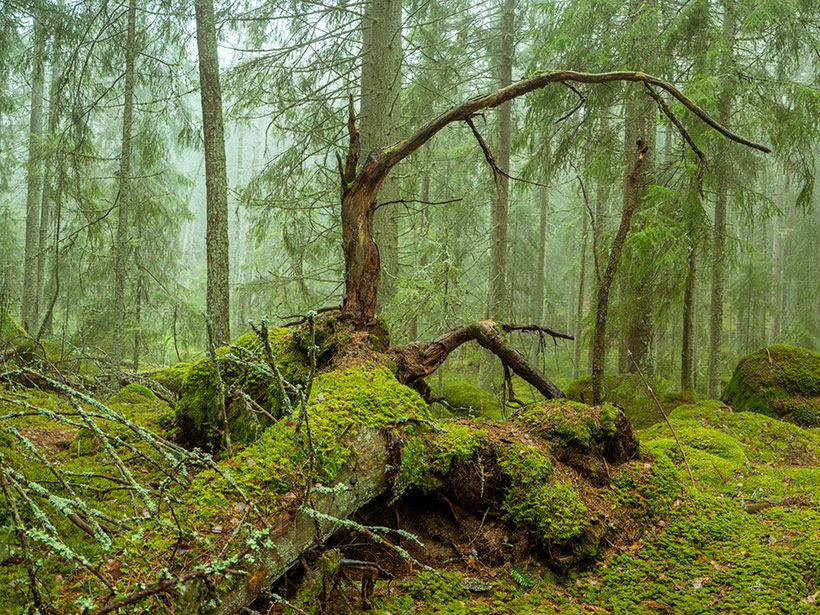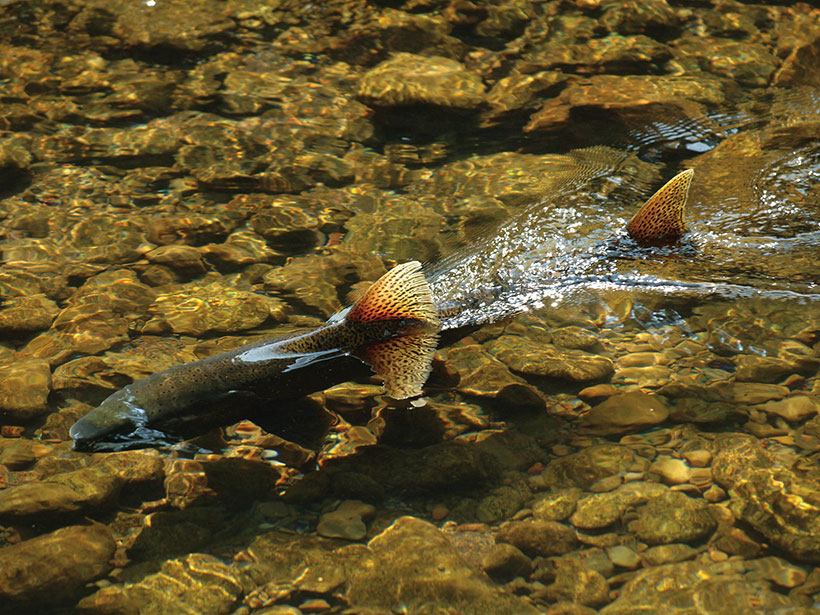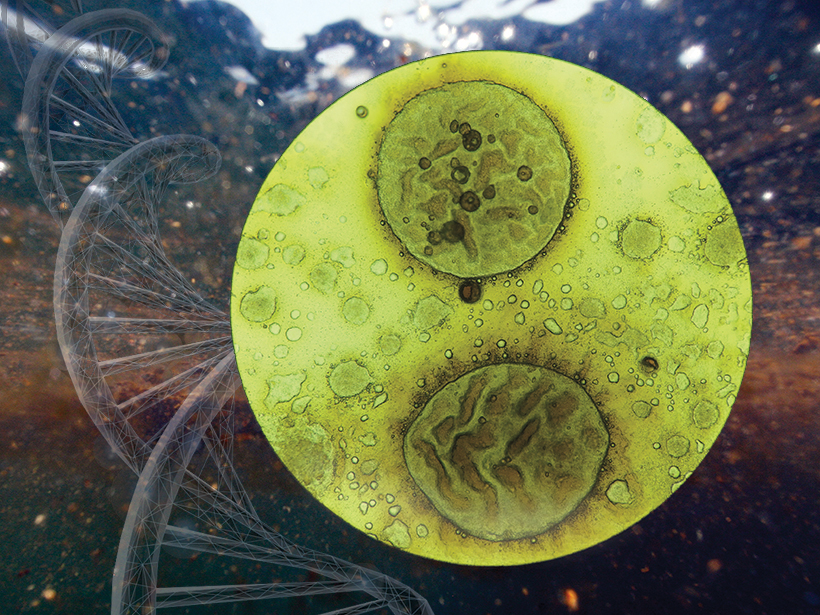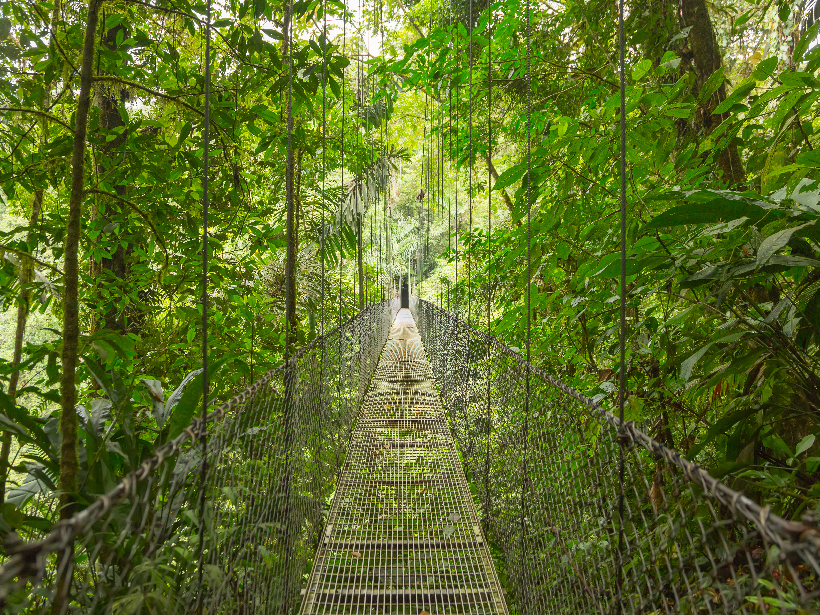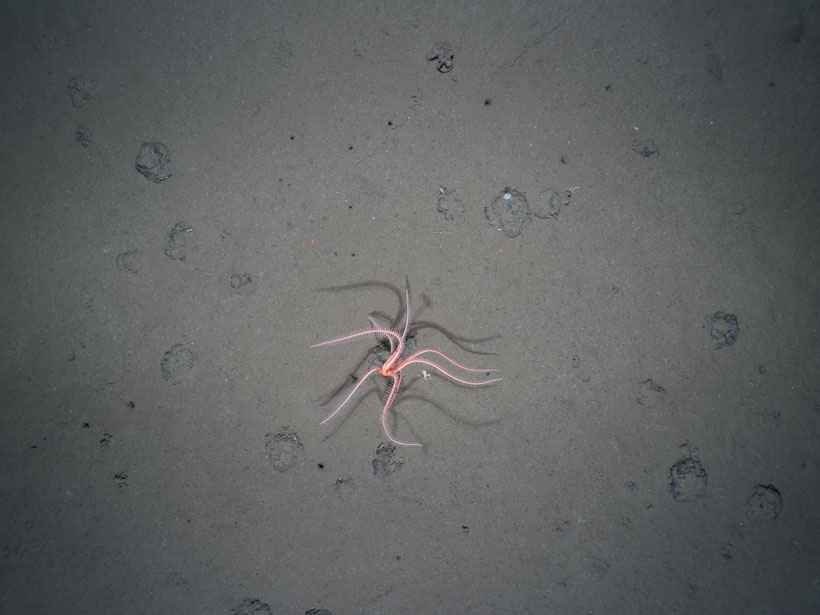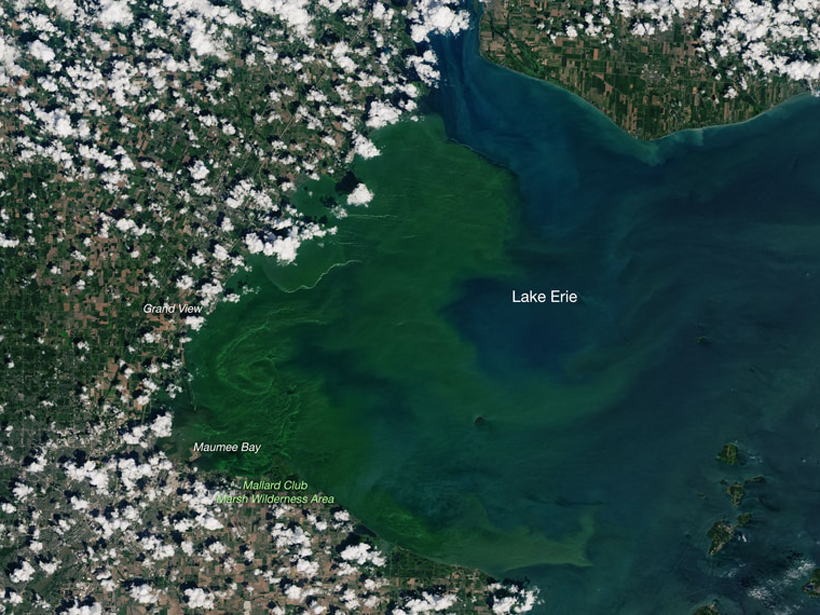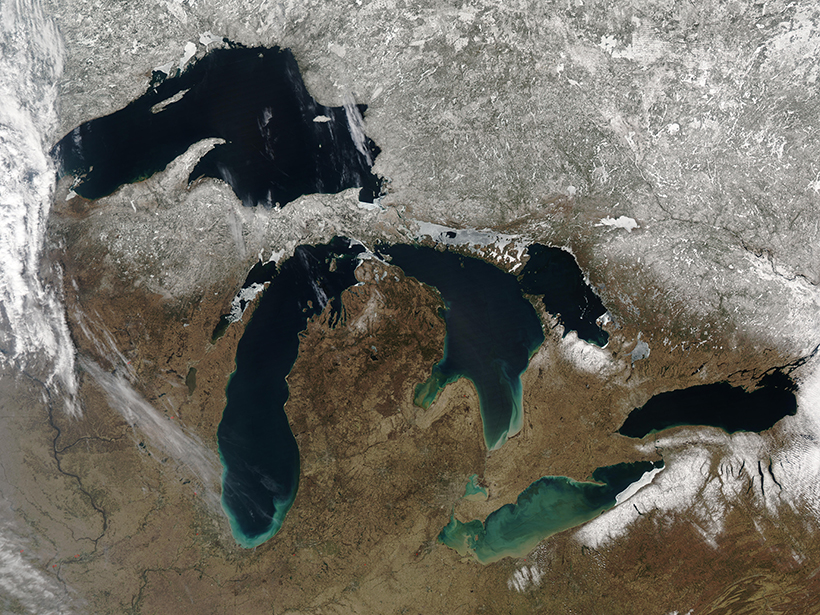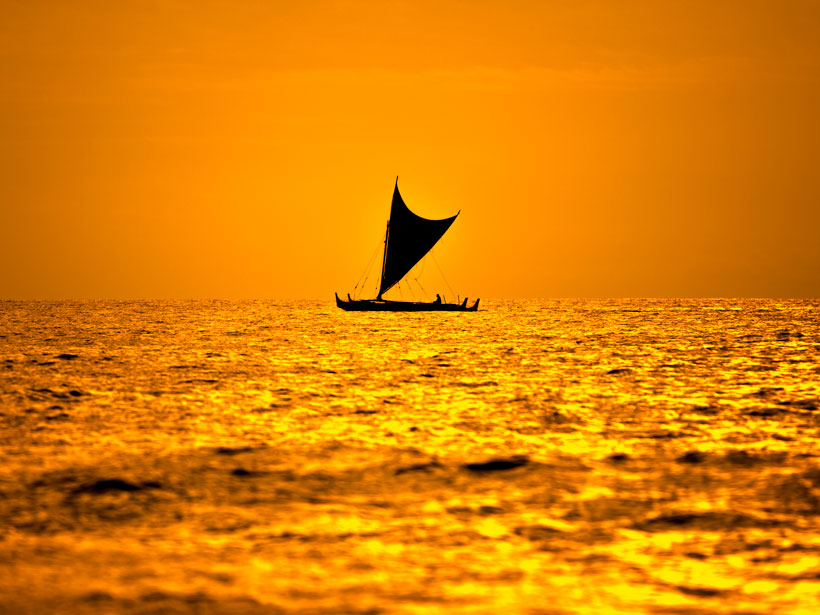Amid the coronavirus uncertainty, the European Union is standing by its Green Deal pledges.
Natural Resources
How Does a Greening Arctic Affect Groundwater Recharge?
New research examines how shifts in aboveground ecology influence belowground hydrology in the Arctic.
Internal Compass Guides Salmon’s Incredible Journey
New study finds evidence that magnetite particles play a role in fish navigation.
Deepwater Horizon: La Plataforma Petrolera y el Surgimiento de las Técnicas Ómicas
Las técnicas de genómica microbiana llegaron a su madurez después del derrame de Deepwater Horizon, ofreciendo a los investigadores una visión incomparable de cómo los ecosistemas responden a tales desastres ambientales.
A Whole World View
Scientists are dedicated to understanding the complexities of the Earth’s carbon cycle—and how our actions can throw it off.
The Long-Lasting Legacy of Deep-Sea Mining
New research reveals a deep-sea mining experiment that took place 26 years ago still has significant and persistent impacts on benthic life.
AquaSat Gives Water Quality Researchers New Eyes in the Sky
A new data set combining sample data and remote sensing could give scientists the power to make accurate predictions at a global scale.
Long Live the Laurentian Great Lakes
Living in Geologic Time: Billion-year-old rifting events set the stage for Earth’s greatest lakes.
How Much Modification Can Earth’s Water Cycle Handle?
The planetary boundaries framework defines how much human disturbance various Earth system processes can take, but it may not adequately depict the water cycle or the extent to which we’ve altered it.
Humans Colonized Polynesia Much Earlier Than Previously Thought
Evidence from mud, charcoal, and feces suggests humans arrived in East Polynesia during the driest period in 2 millennia.

